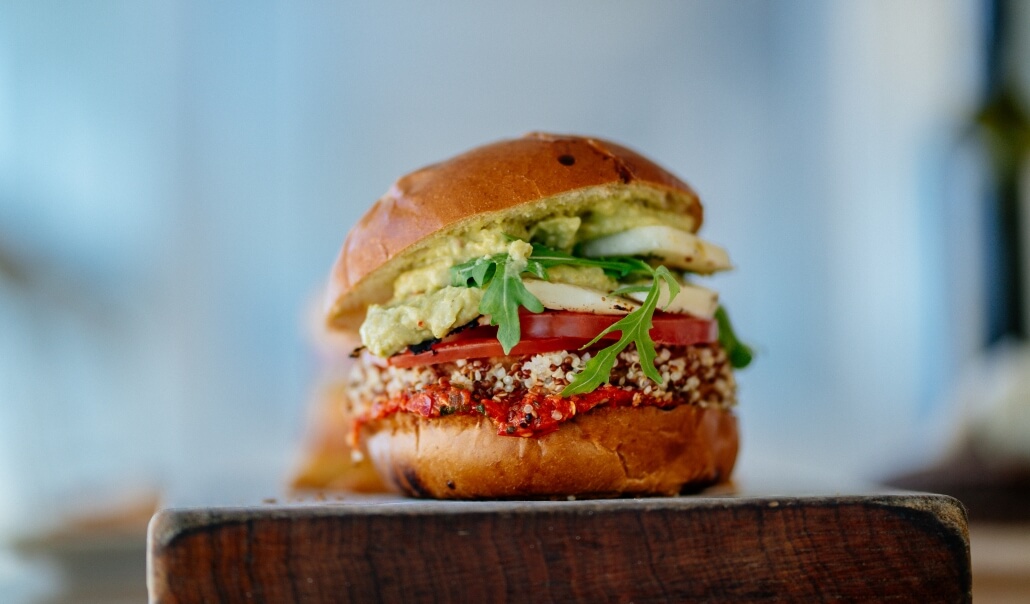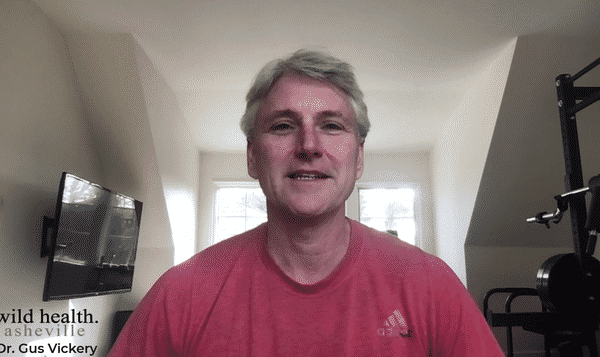I had a patient come in who is fairly healthy, but trying to lose weight and feel better. She has a few conditions that will improve with lifestyle modifications. In an effort to make positive changes, she recently attended a local structured dietary course that’s been funded partly by grant money. I’m a fan of this program and I consider it valuable to our community. It’s getting individuals involved in the conversation about chronic diseases and lifestyle. However, this individual is now struggling with the idea that a plant-based whole food diet is the best possible diet, and she feels guilty if she does not strictly follow this approach.
Now I know that those who are teaching the course understand that not everyone is able to completely adopt this diet. However, because of the way it is taught, the participants often believe that this is the best possible diet and that straying from it is a step backward in their nutritional approach. They are not really provided with all of the potential benefits that an omnivorous diet may provide. The omnivorous diet I am describing would definitely have a strong foundation of plant-based foods. But it would also include pasture-raised poultry, grass-fed beef, and especially foods such as pasture-raised eggs and wild-caught fish that are rich in essential amino acids and omega-3 fatty acids and good sources of protein.
Diet, Conflict, and What to Eat
My patient was conflicted because she was having trouble adopting this diet for several reasons. One was the time it took to shop and prepare foods which is a skill she has not acquired yet. Two, she was not used to the textures and flavors associated with her new diet. Three, it wasn’t doing a good job of controlling her appetite at the time.
I believe that plant-based whole food diets when properly designed, help control appetite because of the fiber and nutrients contained in these foods. So I like plant-based whole food diets. They are a great option for many people. I have adjusted my own diet in that direction. However, based on my genetic profile and gut microbiome analysis, I don’t tolerate grains or legumes very well. I wish I did. I wish I could enjoy all the health benefits of properly prepared beans, but it’s just not a food that fits with my ancestry and genetic blueprint. So I have to focus my plant-based whole food diet on cruciferous vegetables, leafy greens, mushrooms, tubers, and other varieties of vegetables.
She was very conflicted because she felt like this was the diet she needed to follow, but she was really having trouble, and it was affecting her overall feeling of wellbeing every day. It was causing her to excessively ruminate about eating. So we stopped and we looked at her specific issues and how we could help her succeed.
The Diet + Health Connection
She does not have, at this point, any evidence of diabetes or insulin resistance, so I don’t think that carbohydrate tolerance is an issue for her. My patient does need to lose a little weight and is at risk of metabolic syndrome in the future, but does not have it at this time. She would like to feel better and lose some weight, but we have time to help her adjust to an individualized approach to eating that will support her goals for her health.
Her past preferences were traditionally a meat and potato diet. She has historically eaten a lot of processed starches and prefers these foods. We examined food textures and flavors, and a way of incorporating more plant-based whole foods into her diet based on her specific tolerances, and her ability to prepare those foods in a way that is nutritious for her. We discussed the role that processed foods play in weight gain and chronic diseases. The importance of consuming nutrients for her to feel good and emphasis on the sources of her foods over the specific macronutrients, or whether the foods were plant or animal-based, was discussed.
Obstacles, Challenges, and Solutions
Now, one of her challenges is that she has difficulty chewing. She has issues with her jaw and teeth, and the increased need for chewing associated with her new diet was uncomfortable for her. I suggested continuing to increase her plant-based whole food consumption, but also adding a food based supplement to provide nutrients while reducing the volume of food she needs to eat. I like Dr. Cowan’s Garden Products. His team grows their own vegetables in nutrient-rich soil free of any additives or chemicals, properly cooks the ones that need to be cooked, and then reduces them to powders that retain the nutrients and some of the fiber from the original plants. There’s a whole variety of various plant-based powders, that when added to other foods, will give you the nutrient density of those plant-based foods, and a little bit of the fiber.
We were able to reduce her intake of kale by having her braise it and take kale powder. This eliminated her need to chew it. We were able to find similar solutions for other types of produce – it just required some creativity to find solutions. This was a relief to her, and she’s now a fan of these types of products.
Next, we examined her desire to eat animal-based foods. We discussed continuing to include these foods but focusing on reducing the portions she consumed, and perhaps, not having animal protein at every meal. We slowly tilted her diet towards wild-caught fish and pasture-raised eggs, and then showed her some ways of putting this together with plant-based whole foods plus some of Dr. Cowan’s powders. This set her up to prepare really delicious meals that would satisfy her, and also give her the nutrients she needs.
Open to Change
She became excited about this approach and felt it was something she could do in a sustainable manner. We had to help her get past some incorrect beliefs about food, such as eggs containing too much cholesterol. When I explained to her the nutrient density of the egg white and yolk, she was able to add eggs back to her diet and feel good about it.
We’re going to follow up and discuss her success and the next steps she should take to evolve her diet. She may end up on a plant-based whole food diet. It could be the best diet for her, and it could be something she could follow. But she didn’t need to get there right away. We just needed to get more plant-based whole foods into her diet for the nutrient value, and then find ways to source the other foods that are satisfying to her.
Ultimately, the first step this patient needed to take was to become mindful of eating and intentional about the sources of her food. Those are 2 of the 3 pillars of healthy eating we emphasize in my resources that apply to any healthy eating paradigm.
I would point to works like Deep Nutrition by Catherine Shanahan M.D. and the works from organizations like the Weston-Price Foundation to better understand ancestral diets and the roles animal products can play in human health.
Doctor’s Summary
I’m a big believer that the best diet for you is a diet that is sustainable, pleasurable, and honors your ancestry and your genetics.
All diets that support good health have common elements and they’re well explained in my book, Authentic Health. They eliminate fake foods, processed foods, and added sugars. These diets restore a high-value relationship to food as a source of nutrients and life for you. They eliminate nutrient deficiencies, control hunger, and catalyze physical activity. These diets all balance feeding and fasting. They have the same principles.
Don’t get attached to one philosophy. Please see our Precision Nutrition document file, where there are ample documents with plenty of evidence-based studies that demonstrate these principles are effective and sustainable. Don’t let anybody convince you that you have to follow one specific diet.
Please visit us, review our resources, and let them sink into your mind and find the strategy that works for you. If you need more help with this, contact my office and schedule an appointment, or again, read my book, Authentic Health, or look at some of my additional materials.








